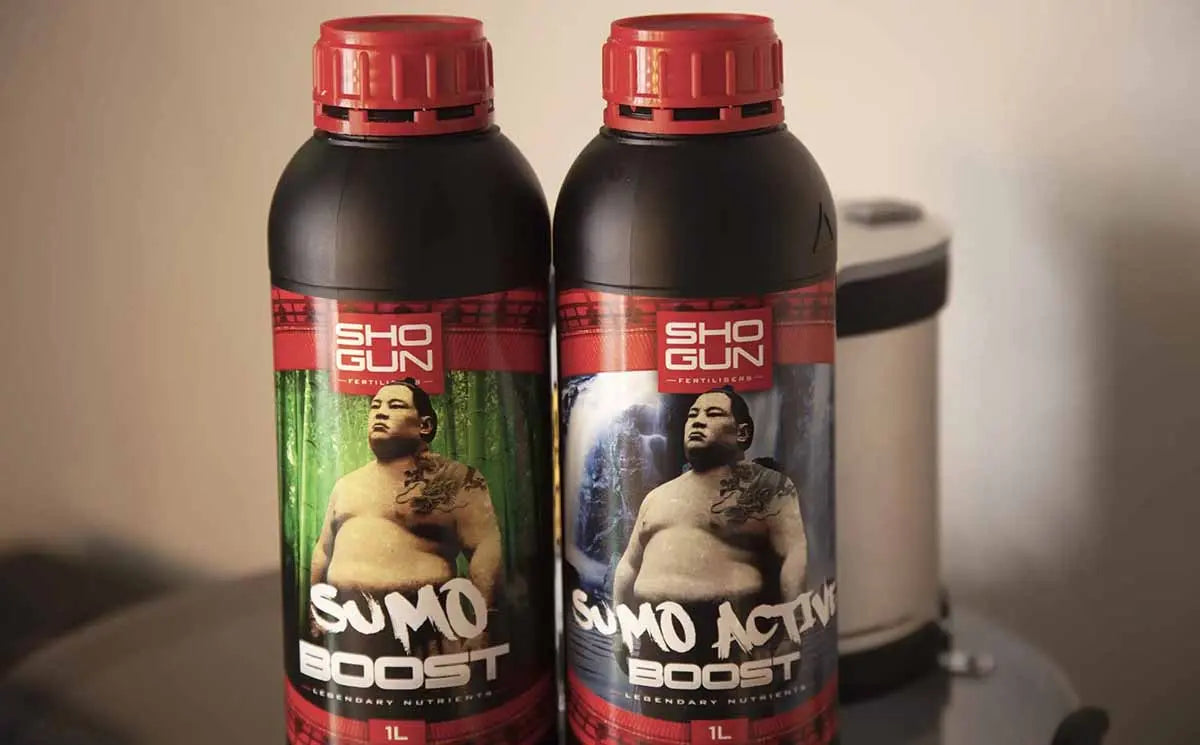
What is Triacontanol?
Almost all nutrient manufacturers include a booster or stimulator of one sort or another among their bottle line-up. They often contain humic acid, fulvic acid, sugars (carbohydrates), amino acids (peptides) and sometimes ingredients of vegetation origin such as extract of sea kelp (ascophylum nodosum). They all work to some degree, and are worth investing in if you are keen to optimise your grow.
Another type of ingredient that nutrient manufacturers have dabbled around with is something called PGRs (Plant Growth Regulators) which a type of plant hormone. PGRs generally fall into one of four categories: Auxins, Cytokines, Ethylene and Gibberellins. PGRs affect how a plant grows and some do this in a very specific way. For example, Paclobutrazol keeps a plant short when it would normally be stretching just before budding. It keeps the internodes short and decreases the time to first fruit-sets, thus increasing yield and decreasing flowering time. Unfortunately, there is strong suspicion that paclobutrazol is actually toxic, and possibly even carcinogenic, and for this reason it should never be used on consumable crops.
Triacontanol is something slightly different called a Phytohormone, "growth factor" or stimulant. It is a substance that is found naturally in the leaves of most plants. It is non-toxic, yet when it is used to best effect, it produces a major difference in the way that a plant grows (in a highly beneficial and positive way). Used at the correct dosage, Triacontanol significantly increases the amount of chlorophyll in leaves, thereby improving the rate of photosynthesis. It increases the rate of cell growth and multiplication. It down-regulates stress factors (making the plant feel less stressed) and yet up-regulates photosynthesis, photorespiration and assimilation of CO2.
There are several very positive scientific tests and reviews of triacontanol on the internet. Just do a google search and see for yourself. In virtually all cases, triacontanol increases plant growth and the final size and weight of harvests. For best effect you need to use it at the optimum concentration.
Chemically, Triacontanol is a "fatty alcohol" C30H62O which is sometimes known as Melissyl or Myrcicyl Alcohol.
One of the unfortunate characteristics of triacontanol is that it does not readily dissolve in water. As a result it has, until recently, been a bit of a pain to use. An emulsifying agent needs to be used to get the triacontanol to sit in the water as a suspension before use. Because of this, very few products contain triacontanol, and those that do have had almost ineffective concentrations.
When developing their Sumo Boost, Shogun Fertilisers spent months perfecting the art of getting triacontanol into solution. They made sure that it was in there, not at some uselessly low concentration, but at the ideal concentration. Then they added in supplemental and synergistic growth factors such as betaines, cytokinins, saccharides (sugars) and humic and fulvic acids, and more. The end product being something that has recently had some of our customers left in astonishment at the increases in their crop-yields.
We think everyone should give this product a go and see for themselves. We think its going to be revolutionary!
...and this one is for active hydroponics systems:
Since the writing of this article, 2 other manufacturers have begun including Triacontanol in one of their boosters. The first one is "Yellow Bottle" Bloom Advanced Floriculture Ooze. The second one is Emerald Harvest's Emerald Goddess. Both of these products have been received incredibly enthusiastically by the growing community. We wholeheartedly recommend you try one of these products. We know you won't be disappointed!

